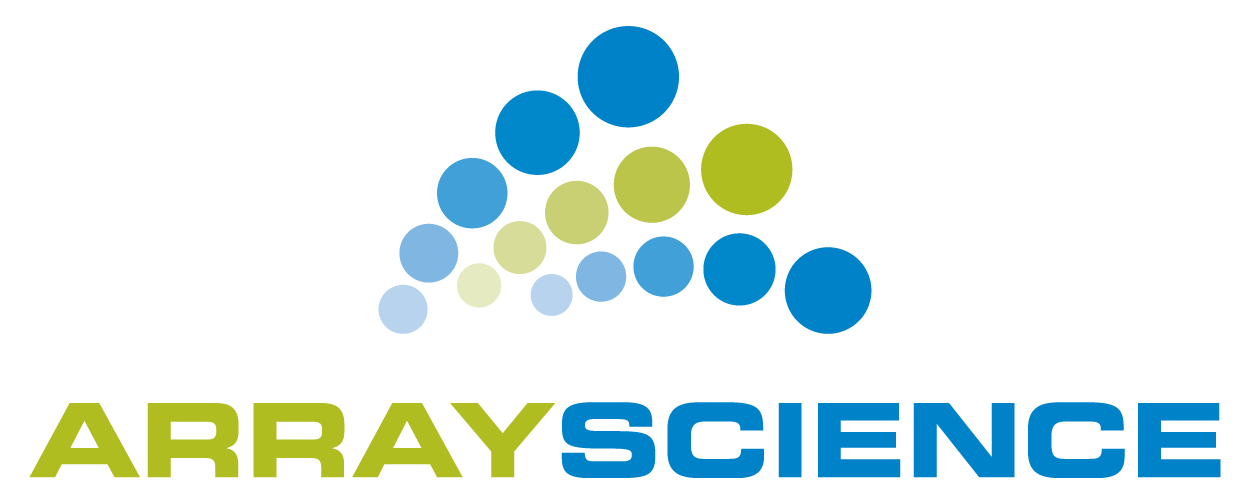Since 2008, Array Science has been dedicated to promoting quality in the laboratory setting. We serve a growing list of clients and work closely with leaders in industry and academia.
Abstracts
Through close collaborations with leading researchers, our products are advancing assay precision and reproducibility worldwide. Read how these efforts spark innovation and deliver meaningful results in real-world applications.
Posters
We actively connect with the scientific community by attending conferences and presenting our latest research. These events open doors for collaboration, spark idea exchange, and showcase the impact of our technology in advancing diagnostic science.
Patents
Array Science holds multiple patents that reflect our commitment to innovation and cutting-edge technology. Our continuously evolving tools and platforms advance assay precision, reproducibility, and standardization, empowering researchers and clinicians to achieve more reliable, impactful results.
Abstracts
Through close collaborations with leading researchers, our products are advancing assay precision and reproducibility worldwide. Read how these efforts spark innovation and deliver meaningful results in real-world applications.
Posters
We actively connect with the scientific community by attending conferences and presenting our latest research. These events open doors for collaboration, spark idea exchange, and showcase the impact of our technology in advancing diagnostic science.
Patents
Array Science holds multiple patents that reflect our commitment to innovation and cutting-edge technology. Our continuously evolving tools and platforms advance assay precision, reproducibility, and standardization, empowering researchers and clinicians to achieve more reliable, impactful results.



